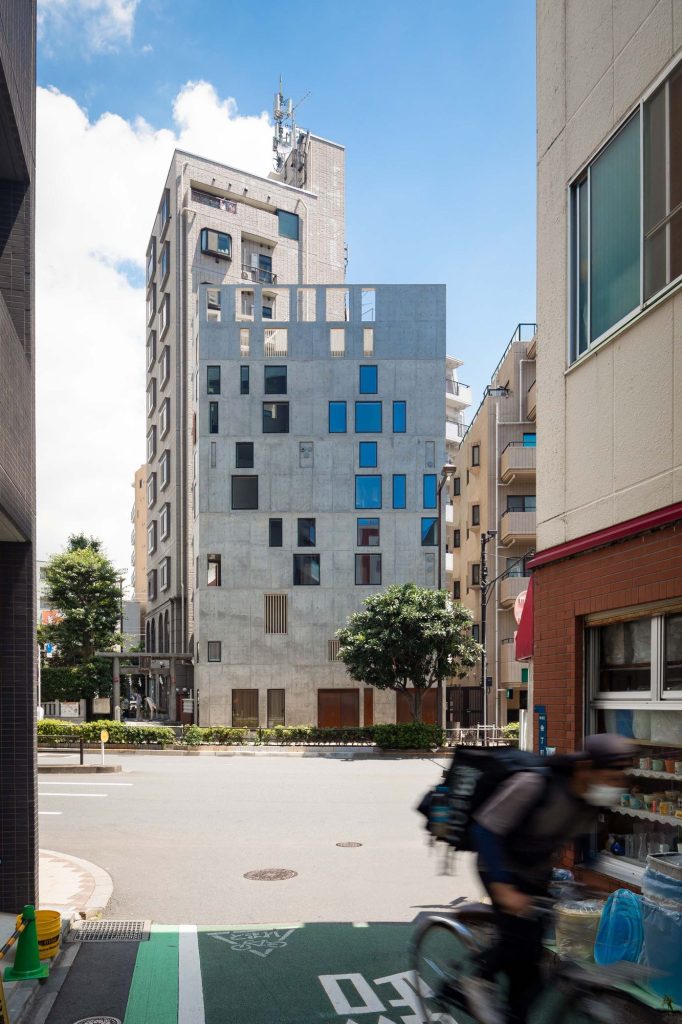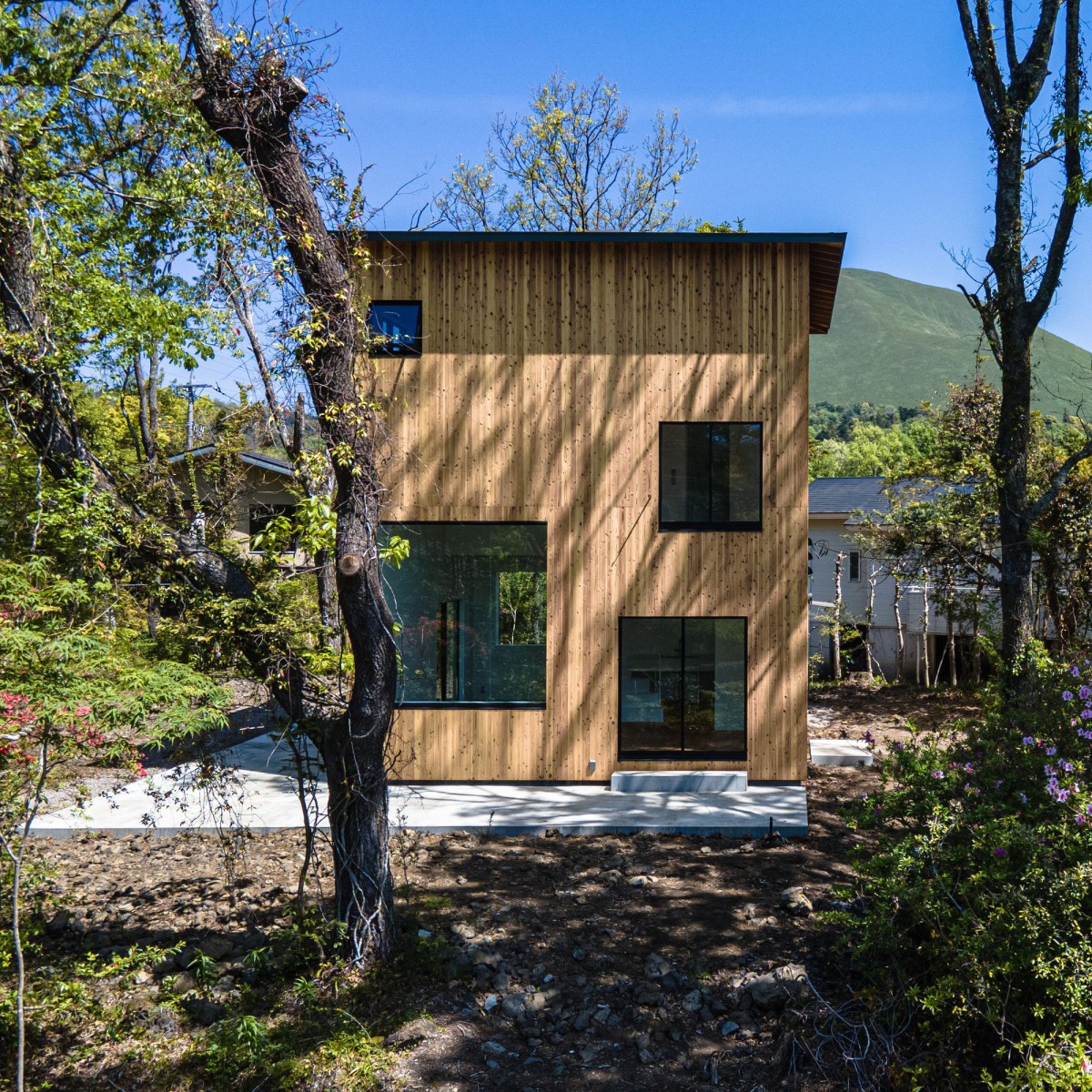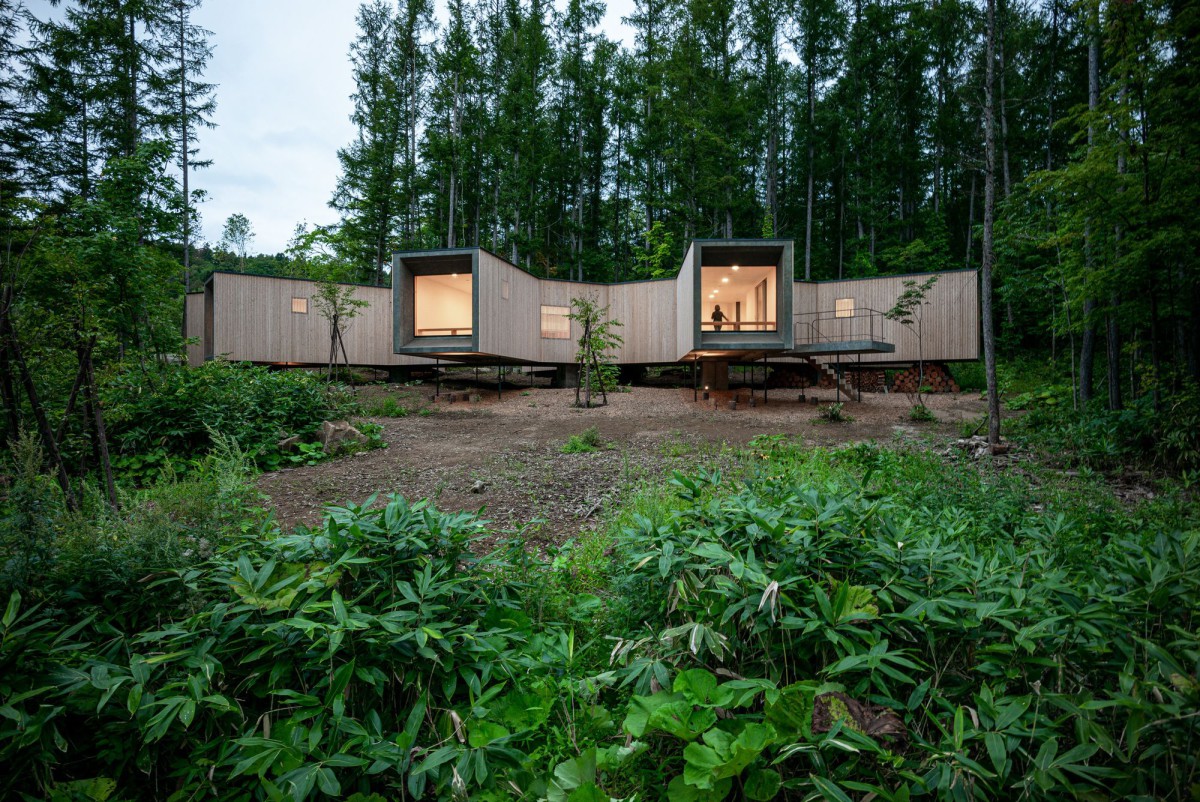
At the top of the slope leading towards Tokyo’s Nukebenten, the unpretentious appearance of Itsukushima shrine suggests little of its history. In 1086, traversing the Kanto plains on the way to Mutsu, Minamoto no Yoshiie chose this location as temporary camp for his army. The highest in the area, it was easy to spot any approaching danger — and had great views of Mt. Fuji. A year later, returning victoriously, Yoshiie laid the foundation for the shrine which still exists today. The actual site for this project is a 48 m² small trapezoid next to the shrine. Continue reading Florian Busch




.jpeg)
